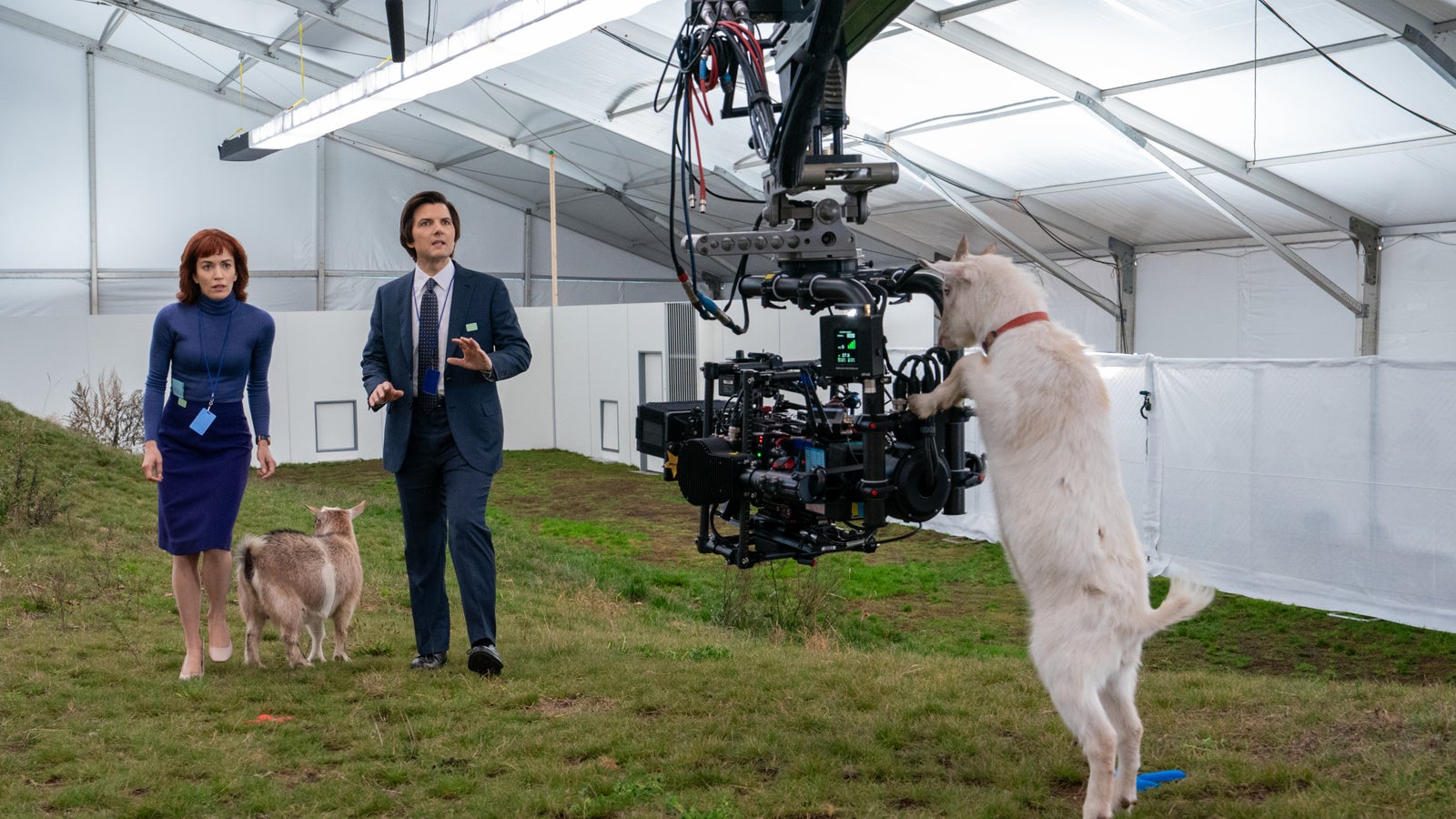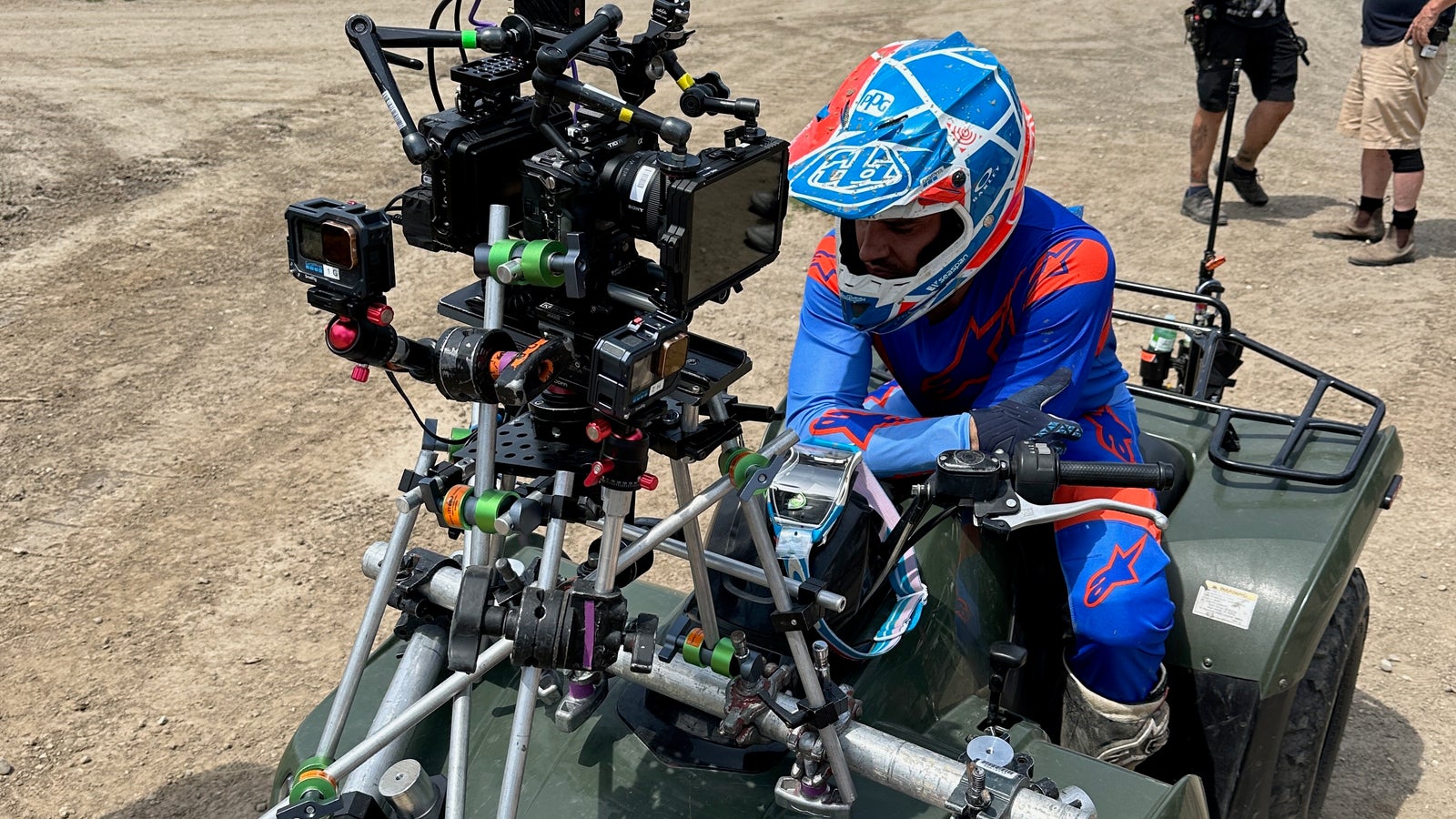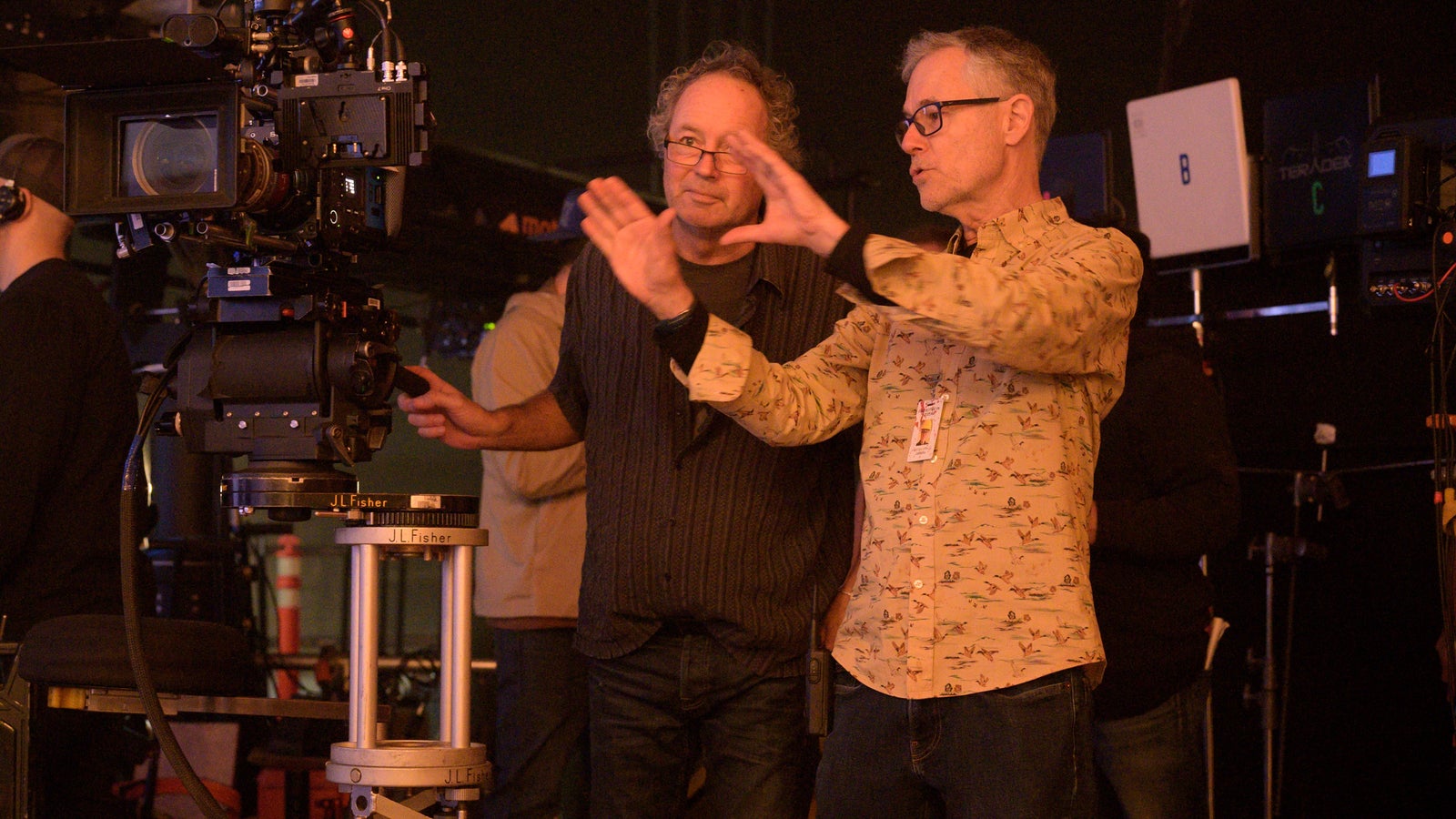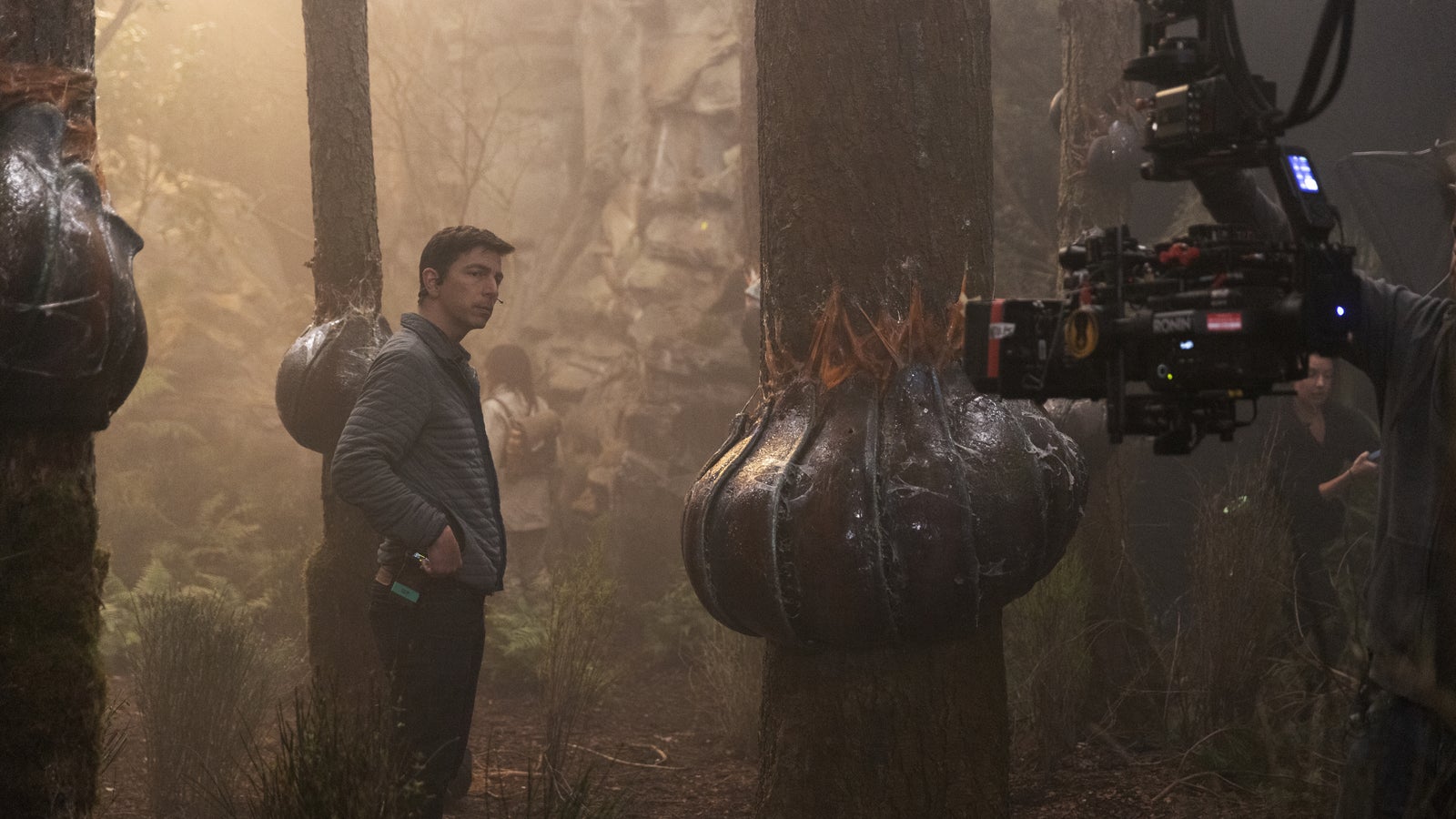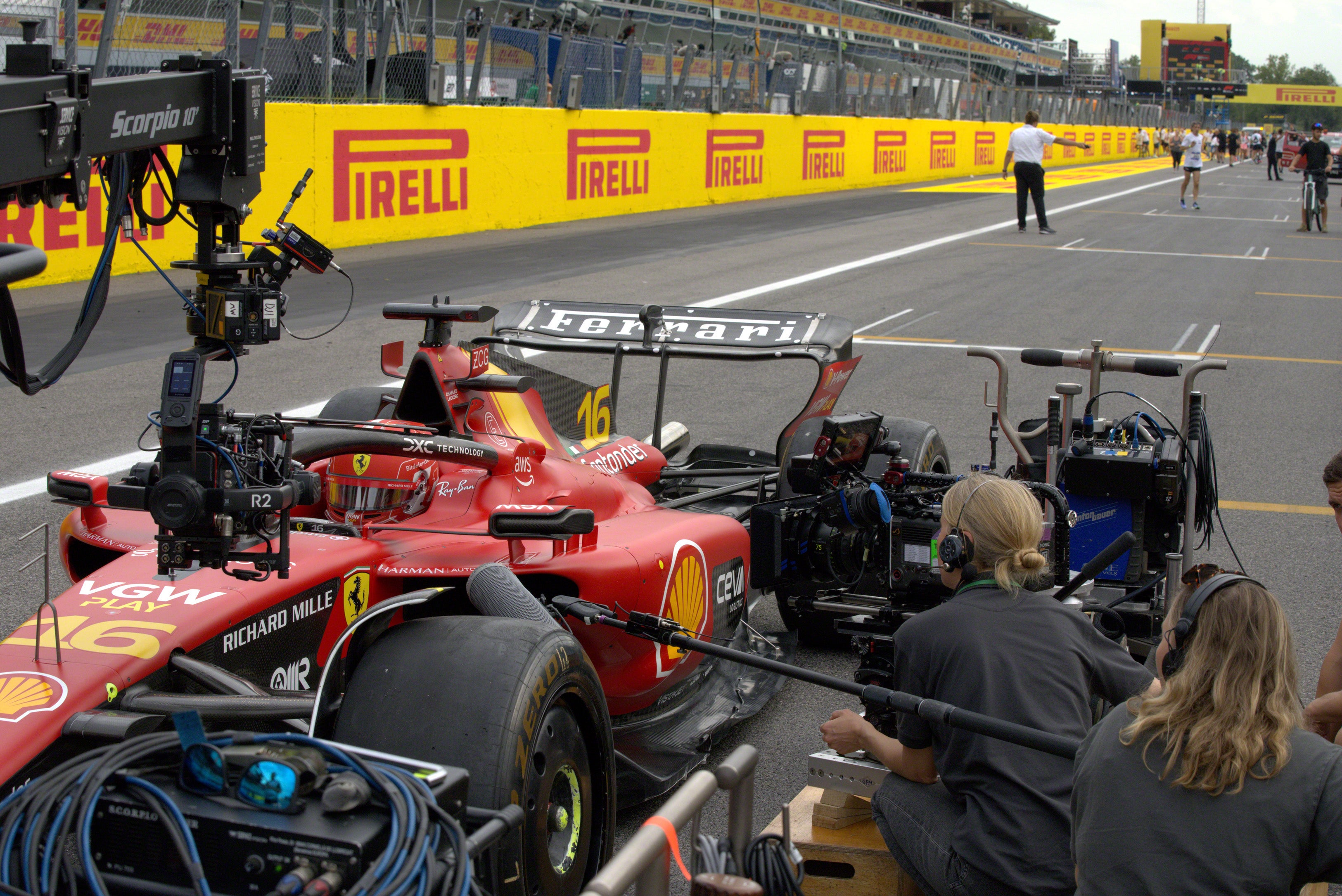
07-03-2025 - Behind the Scenes Video
Go Behind the Scenes of F1 the Movie
By: Tanya Lyon
When director Joseph Kosinski and Oscar-winning cinematographer Claudio Miranda, ASC, began preparations for their upcoming Formula 1 feature, F1: the Movie, they encountered a unique challenge: a camera capable of withstanding the intense conditions of a 200-mph race car simply did not exist.
During a publicity tour for Top Gun: Maverick, Kosinski and Miranda approached Sony with a very specific request: a small, full-frame cinema camera with a robust build and uncompromised picture quality suitable for IMAX screens.
Sony's engineers responded quickly. Collaborating closely with Miranda and 1st Assistant Camera (AC) Dan Ming, the team adapted the full-frame back-illuminated CMOS Exmor R™ sensor architecture from the compact Cinema Line FX6 cameras to create a detachable "sensor-on-a-stick." This innovation allowed the camera to fit into the tight spaces around the F1 car's halo and body.
In just eight weeks, a series of international video calls led by Nobutatsu Takahashi, the Head of Sony's Cinema Camera Division, along with a team of electrical, software, and mechanical engineers, resulted in a fully functioning prototype being delivered to the test track.
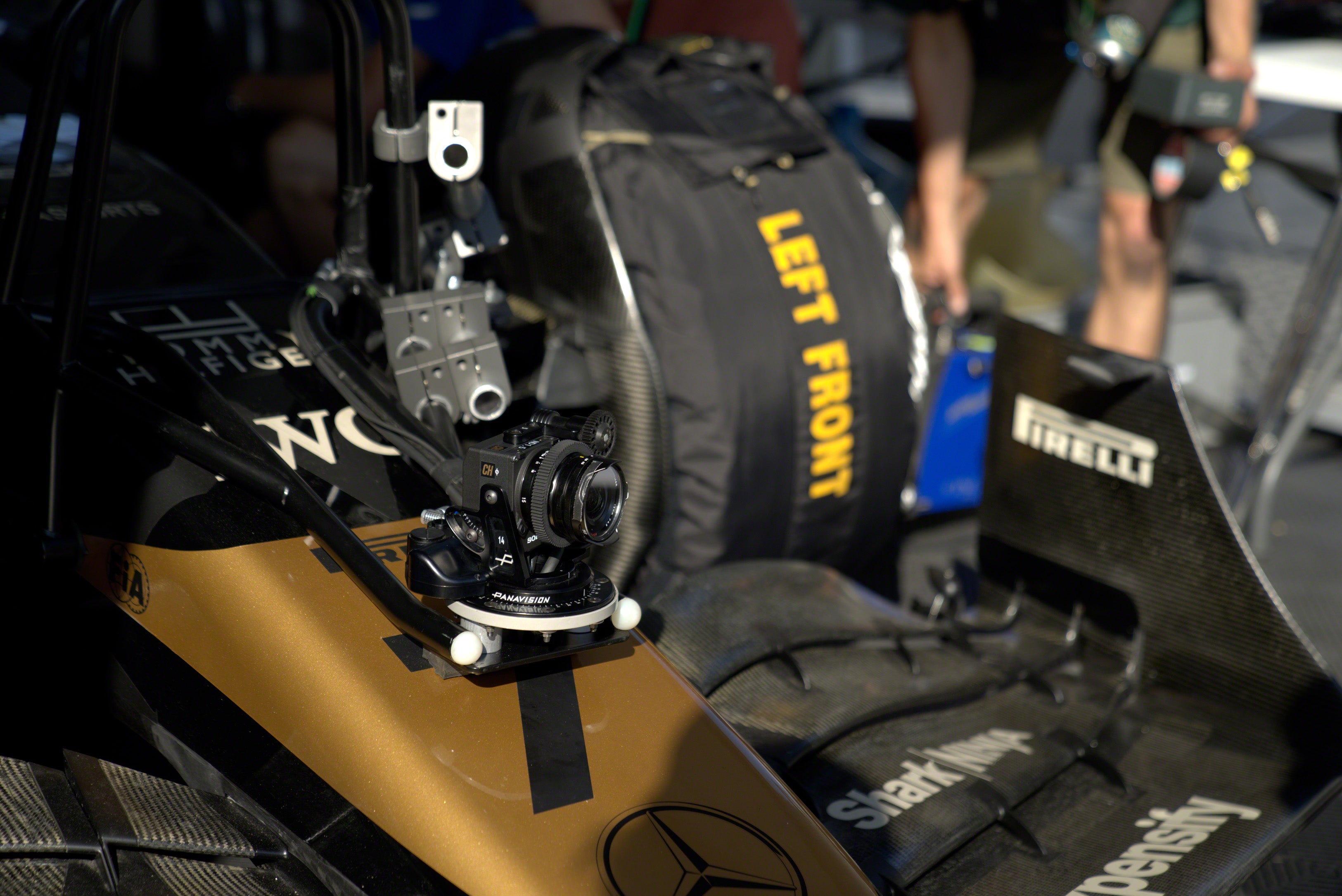
The prototypes included an innovative drop-in neutral density (ND) filter system, allowing the sensor to be separated from the camera body. They recorded using Sony’s XAVC-I video codec, capturing 10-bit 4:2:2 at speeds of up to 600 Mbps.
“At Sony, our mission has always been to help creatives fulfill their creative vision. When Claudio approached us with this unique challenge, we knew that only Sony could create something at the schedule required for the first test at Willow Springs Race Track. We had a dedicated team of engineers who worked on this project, from creating the prototype to visiting tracks around the world to ensure that our camera met the needs of production. It was a true honor to work alongside the filmmakers to bring their vision to life,” says Nobutatsu Takahashi, Sony Corporation, Head of Cinema Line Division.
Despite being built in only two months, these prototypes outperformed competing systems designed for both consumers and professionals, while the XAVC video format proved reliable enough for the film's IMAX release. Color management was equally straightforward. Since the prototype utilized the same sensor technology and S-Gamut3.Cine color science as the FX6 cameras, the footage integrated seamlessly into the color grading process alongside the film's main camera, the Sony VENICE 2.
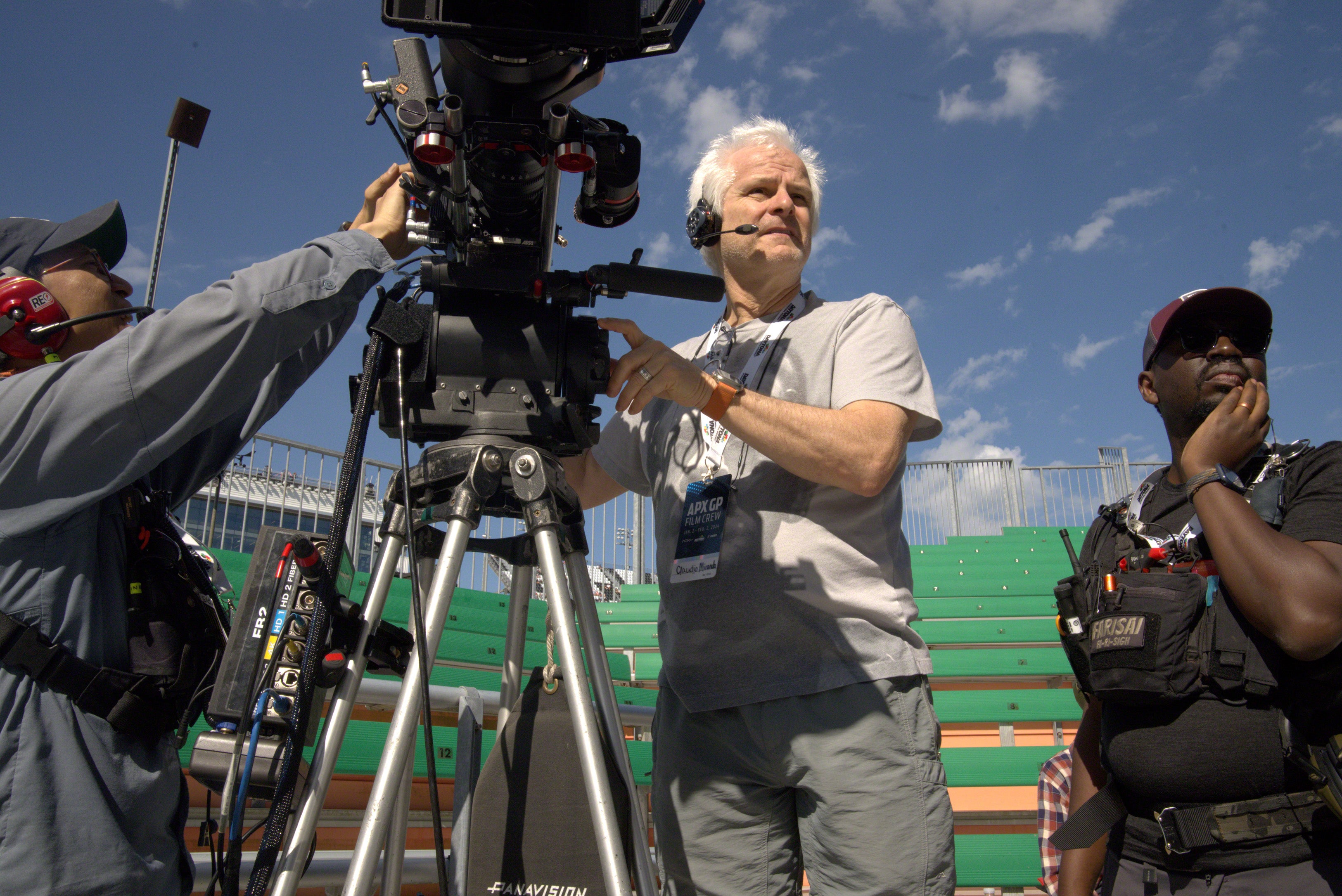
“It was exciting to work with Sony again on a custom solution for a unique situation. These cameras were not just small, but they provided full-frame, cinematic image quality as well. We did not have to compromise on pulling focus and could maintain depth of field, and we knew the XAVC-I video codec would be great on the big screen regardless of the lighting conditions we would be facing,” says Director of Photography Claudio Miranda, ASC.
“It was so helpful to be able to use the full lineup of Sony Cinema Line cameras as needed depending on what our constraints were. We could use the Venice 2 for all our main camera footage and the FX6 in situations where we just wanted to put a camera somewhere without having to run cables or power externally. The prototype cameras, which were created with the remote capability of the FR7 cameras, had the same sensor as the FX6 and FX3s so we could mix them all in as needed and maintain consistent field of view and depth of field. Moreover, the efficiency of the XAVC-I format allowed us to build a system that could run for the entire duration of the 24 Hours of Daytona without having to cut, and the dual ISO base allowed us to connect remotely and switch after the sun went down to keep the images clean, even in extremely low light situations,” says 1st AC Dan Ming.
**Full-frame sensors are known for their larger size, which allows them to capture more light thanks to the larger size of its diodes and potentially offer better image quality, especially in low-light conditions and with a shallower depth of field.
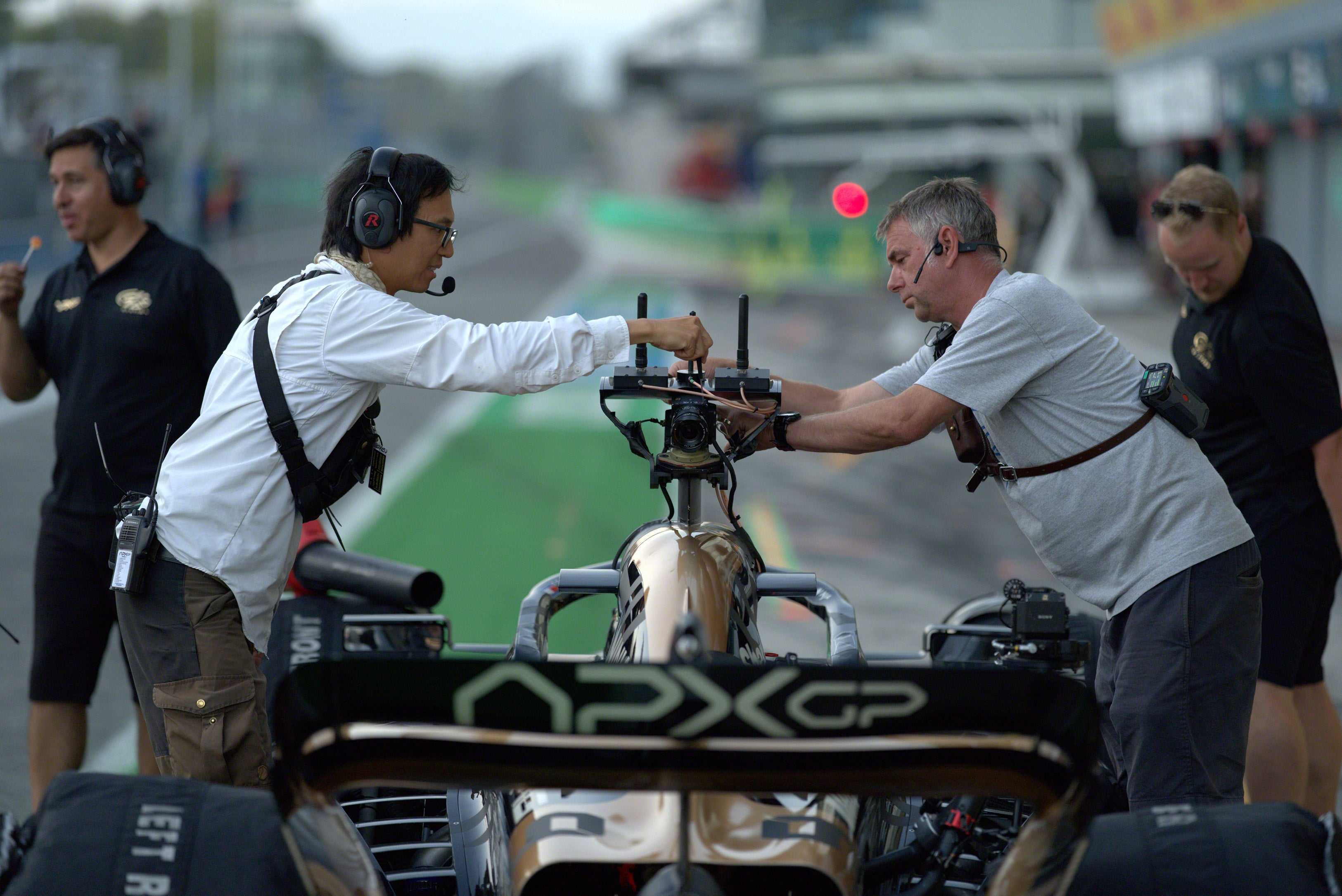
This project exemplifies how rapid innovation, coupled with a deep understanding of filmmakers' needs, can overcome seemingly insurmountable technical hurdles, ultimately enabling new cinematic experiences on the grandest scale. On the heels of Top Gun: Maverick, it’s another successful partnership between Sony engineers and Hollywood’s most sought after filmmakers.
The F1 movie provides audiences with an immersive experience that puts them on the racetrack for the first time in history. F1 The Movie is currently in theaters and IMAX.
